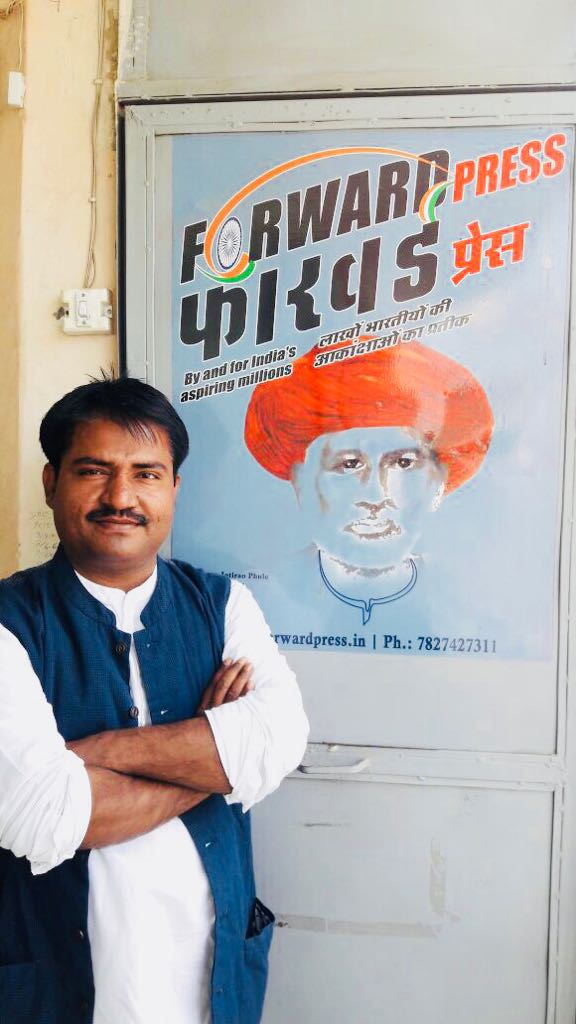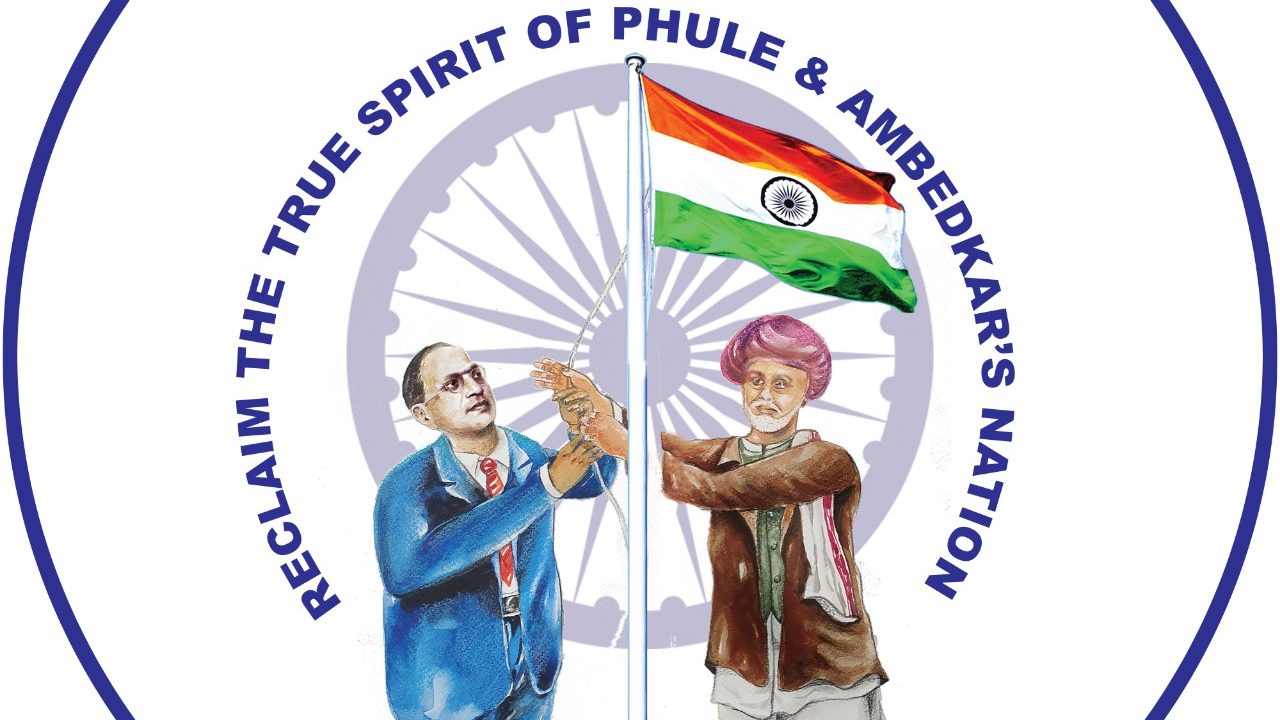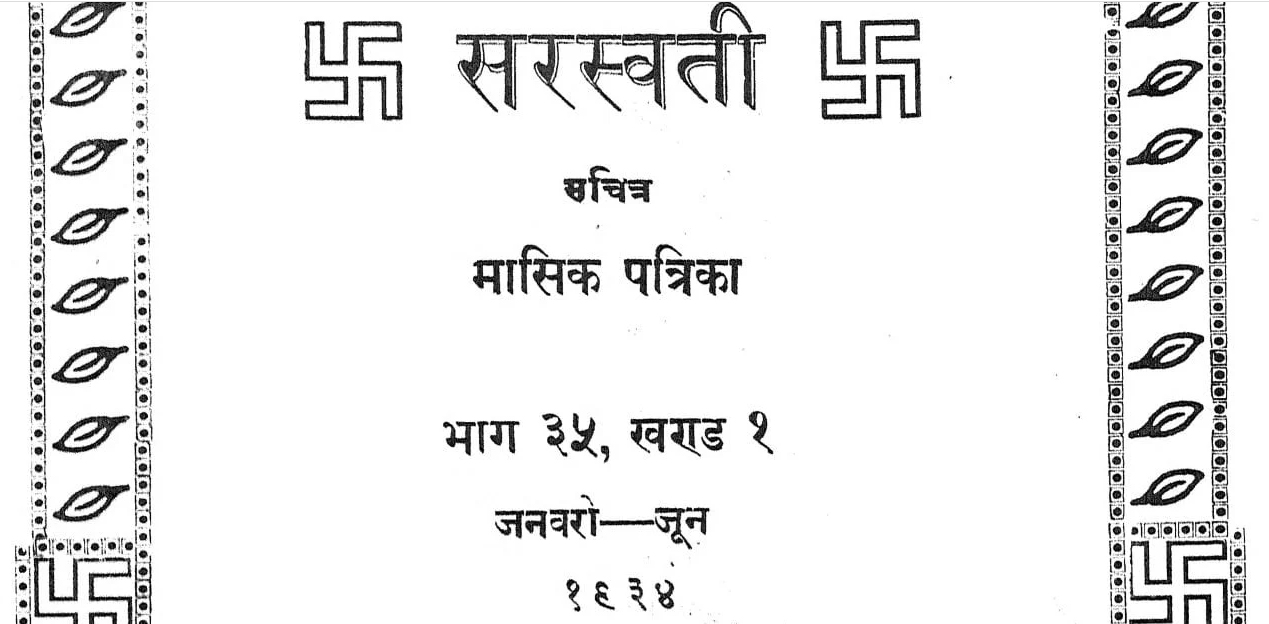It’s the seventh year of the second decade of the 21st century. Thursday, 28 September 2017. This day has become historic for India’s Mulnivasis (indigenous peoples). No one could have imagined that in an India that has been colonised culturally by the Brahmanvadis the Adivasis or the Dalits or the Backwards would raise their voices, let alone have a case filed against the so-called devotees of Durga. Especially so at a time when saffron brigade has a monopoly over governance. Interestingly, this historic development took place at a state ruled by the Rastriya Swayamsevak Sangh’s very own Bharatiya Janata Party (BJP). It took place in the state of Chhattisgarh, whose chief minister is Raman Singh, a hardcore RSS supporter. But this victory of crores of India’s Mulnivasis is the result of a struggle that is much more cultural than political. At different times in history we had Kabir, Jotirao Phule, Ambedkar and Periyar leading such a struggle.
FIR registered, the police on the lookout for the accused
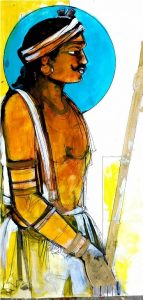
Let’s talk about this historical victory first. An FIR has been filed against a Durga Puja organizing committee in Chhattisgarh. K.N. Dhruv, the Superintendent of Police, Kankar district, confirmed that the case had been filed. Local Adivasis had the FIR registered at the Pankhajur Police Station.
Lokesh Sori, district vice-president of Scheduled Castes/Tribes Front, has said in his complaint that Mahishasur is an ancestor of the Scheduled Tribes and the idols in the Durga Puja pandals of the Paralkot area show Durga in the act of killing Mahishasur. He pointed out that according to the Articles 244 (1), 13 (3) (a) and 19 (5) (6) in the Fifth Schedule, attacking or insulting the language, culture, ancestors, gods and goddesses of Adivasis is punishable.
SP Dhruv told FORWARD Press over the phone that the police were trying to trace the accused using their mobile phones. He said the police would take stringent action against those named in the FIR if the complaint about “hurting religious sentiments” turns out to be true. He was quick to note that the matter is not Adivasi versus non-Adivasi.
Sub-Divisional Officer of Police (SDOP) Shobhraj Aggrawal, confirmed that Lokesh Sori and his friends had visited the police station and had submitted the written complaint. He said that given the seriousness of the matter, the police acted on the complaint immediately.
In Madhya Pradesh’s Betul, Adivasis warn the district administration
Recently, Adivasis in Betul district, Madhya Pradesh, came together against those involved in the insulting portrayal of Mahishasur and the burning of the effigies of Ravana or Meghnath. On 26 September, a large number of people carrying the banner of “Adivasi Vikas Parishad” (Adivasi Development Council) marched to the collectorate and submitted a representation that said Ravana was a deity that the Adivasis held in high regard; that they have been worshipping Ravana and his son Meghnath for centuries; hence, the burning of the effigy of Ravana is a violation of their fundamental rights. That wasn’t all. They warned that if anyone still went ahead and burnt the effigy of king Ravana, a case would be registered under Sections 153 (a), 295(a) and 298 of Indian Penal Code 1860.
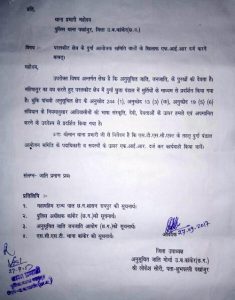
The Adivasi Development Council noted in its representation that every year members of all communities participate in the Meghnath and Khandraya fair that is held after the festival of Holi. It added that every community that is involved in cultivation and cattle-rearing worships Mahishasur right from the time of sowing to the harvest season. The representation says that Ravana is a revered forefather of the Adivasis and the burning of his effigy on Dussehra amounts to sedition.
The neighbouring Chhattisgarh has become synonymous with the government-sponsored militia Salwa Judum and Operation Green Hunt, the government’s all-out offensive against the Naxals. Why have Chhattisgarh’s Adivasi communists given up their faith in armed confrontation and the so-called right wing its pro-corporate stance to a come to this stage where they accept that the claims of Adivasis about their cultural rights are legitimate and these rights ought to be respected?
Shibu Soren had started the revolt
A closer look will reveal that this struggle is not Chhattisgarh’s Adivasis’ alone. In 2007, then Jharkhand chief minister Shibu Soren had refused to participate in the celebration of the killing of Ravana in Ranchi’s Moharabadi Maidan saying that Ravana was his “Kulguru” (the teacher of his clan) and ancestor. However, it was still early days for cultural resistance and despite being the chief minister, Shibu Soren didn’t have the courage to issue an order to stop the burning of Ravana’s effigy.
Adivasis took to the streets after Vivek Kumar’s arrest
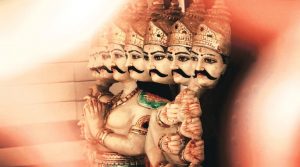
In March 2016, the Chhattisgarh police arrested Vivek Kumar, a resident of Rajnandgaon who is a businessman and social activist, for ‘insulting’ Durga in the comments he had posted on Facebook two years earlier on the cultural and religious dimensions of the Mahishasur movement. Vivek Kumar, who hails from a Kurmi community and has ties with the Gonds too, fought the schemes of Manuvadis, who had support of the state government. He fought the legal battle, unconcerned about the repercussions on his business. He continued to fight even after being released on bail. This incident laid the foundation for a transformation. This was followed by the arrest of Vikas Khandekar from Mungeli, near the state’s border with Maharashtra, on similar charges.
Manish Kunjam’s arrest
Then came the turn of Manish Kunjam, a former Communist Party of India MLA from the Kont assembly constituency in Sukma. A case was registered against him. While the Chhattisgarh government wasted no time in arresting in Vivek Kumar and Vikas Khandekar, it didn’t lay hands on Manish Kunjam. It wasn’t just because he was a former MLA. Rather, it was because of the increased awareness among the Adivasi communities in and around Bastar.

Manish Kunjam was accused of posting a message on WhatsApp that presented the Durga-Mahishasur myth from an Adivasi perspective. The message said that Brahmins had sent Durga to betray Mahishasur and kill him. The police registered the FIR against him after a Congress party leader from Bastar complained and then a certain Dharma Sena followed suit in Sukma. That was not all. The Sarva Hindu Samaj held a demonstration and the police had to impose Section 144 against unlawful assembly.
That is when Adivasi and other people’s outfits came out in Kunjam’s support. The Koya community issued a statement saying that Manish Kunjam had not insulted the deity of any community and that he had only stated that he himself was a Mahishasur’s devotee.
Manuvadis pay the price for offensive sloganeering
Earlier, on 12 March 2016, the increased awareness among Adivasis had forced the Manuvadis to take to the streets of Rajnandgaon. During a demonstration against Adivasis, the Manuvadis shouted slogans like “Mahishasur ke Aulado, jute maro salon ko” (Beat the descendants of Mahishasur with shoes) and “Ramayana aur Gita nahin manne walon ko, jute maro salon ko” (Beat those who don’t believe in the Ramayana and Gita with shoes).
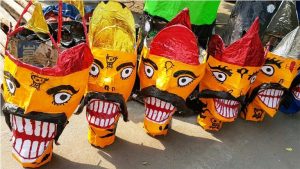
The Manuvadis dug their own graves by shouting these slogans. That very day, Adivasis had a case registered against them at the Manpur Police Station. The local media did everything to suppress the development. But at the court, the case went against these protestors. The lower court refused to grant them bail. Even then the police of Rajnandgaon remained loyal to the Manuwadi religion and made no arrests for the following eight months.
Angered by the police’s inaction, Adivasis protested for days and kept the pressure on the administration. The police eventually gave in and arrested one of the accused, Satish Dubey. After the lower court refused to grant them bail, the accused moved the High Court.
Chhattisgarh government vs Manuvadis
By then, the matter had taken a different shape altogether. There were two parties. One of the parties was Satish Dubey, son of Jagdish Prasad Dubey, 47 years, a resident of Ward No 12, Manpur Police Station/Tehsil, Rajnandgaon district, Chhattisgarh. The other party was the Chhattisgarh government. Shailendra Dubey, a Brahmin represented Satish, while the government’s lawyer was Vinod Tekam.
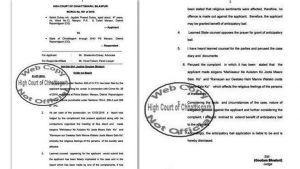
On 1 July 2016, for the first time ever in the history of the Indian judiciary, a state government fought a case against Manuwadi. The judge was Goutam Bhaduri. Shailendra Dubey told the court that his client had committed no crime. His argument was that Adivasis have no religion. The court disagreed and stated that like the followers of all the other religions in the country, Adivasis also have their own religion and that shouting offensive slogans against their ancestors and showing them in a bad light is punishable under Articles 244 (1), 13 (3) (a) and 19 (5) (6). The court thus gave a historic verdict by rejecting the bail petition.
This incident has encouraged and energized the Adivasis. No wonder, on 28 September 2017, the police officer at the Pankhajur police station had to file a case against the wrongful portrayal of Mahishasur in the Durga Puja pandals of the Paralkot area. This is a historic victory. The Brahmanvadis finally had to face defeat at the hands of the Mulnivasis who have had to endure cultural slavery since time immemorial. This is just the beginning. The struggle will have accomplished what it set out to do when no one will have the guts to insult Mulnivasis in the name of Ravana or Mahishasur. Then the Mulnivasis – be it the Asur of Jharkhand or the Munda or Uraon scattered over different states or the Lingayats or the Dravidians of the south or the Dalits and Backwards of Bihar – won’t have to worry about the legal consequences of disowning brahmanical gods and goddesses. Their deities are Mahishasur, Mhasoba, Mhatoba, Maikasur, Mahisha, Ravana, Manus Deva, all of whom, from the remote Himalayas to Karnataka, appear to belong to the same tradition.
For more information on Mahishasur, see Mahishasur: A People’s Hero. The book is available both in English and Hindi. Contact The Marginalised, Delhi (Phone: 9968527911).
Or, find the book on Amazon: Mahishasur: A People’s Hero (English edition), Mahishasur: Ek Jan Nayak (Hindi edition)
And on Flipkart:
Mahishasur: A People’s Hero (English edition), Mahishasur: Ek Jan Nayak (Hindi edition)
